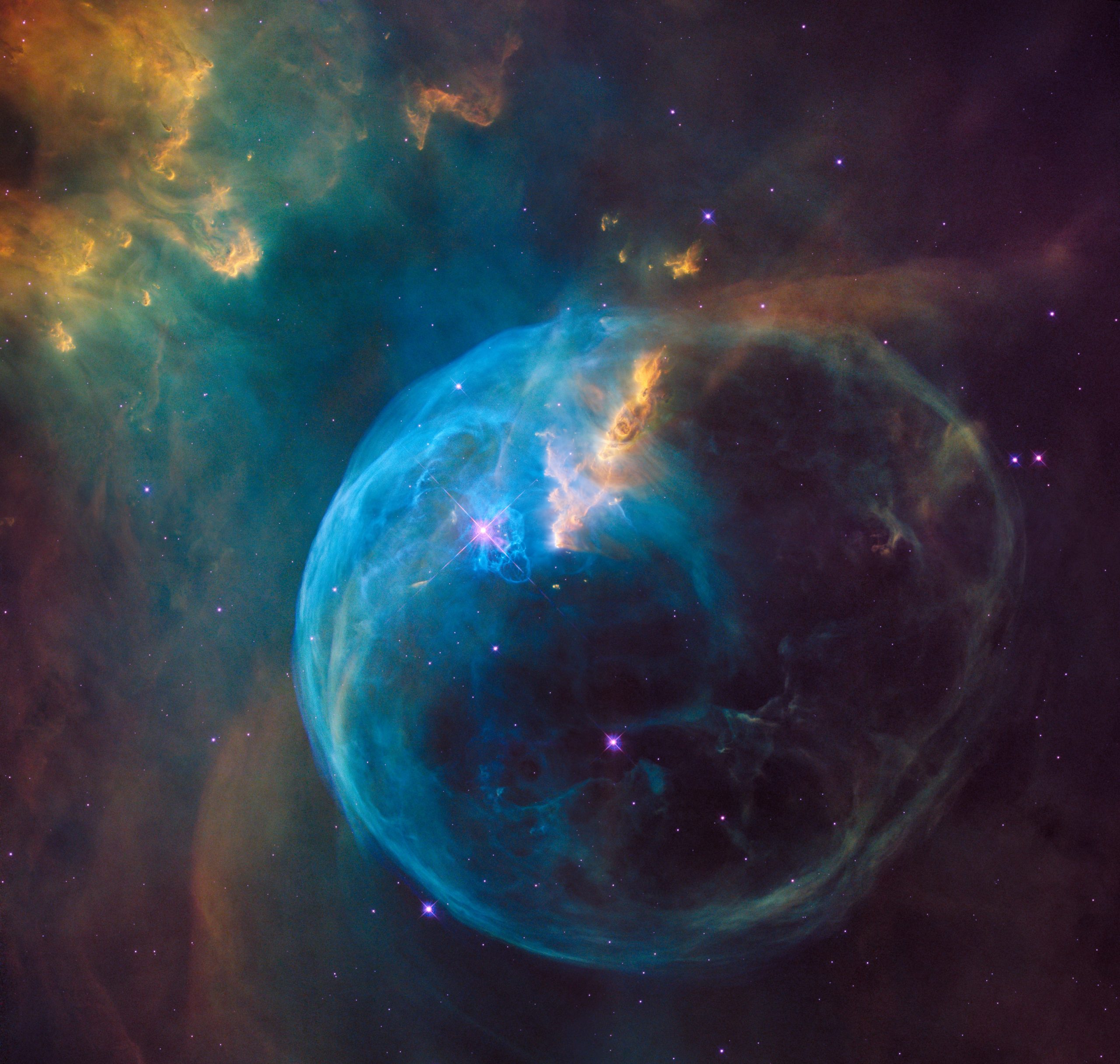Exploring the Enigmatic New Moon in the Night Sky
As poets and lovers have long known, the night sky holds an unrivaled allure, captivating us with its endless mysteries and ethereal beauty. Amidst this celestial tapestry, the moon stands as a prominent figure; an enchanting presence that has enchanted and inspired humanity for millennia. While we often associate the moon with its full glory, there is a particular phase that holds its own captivating allure: the new moon.
The new moon, commonly misconceived as the absence of the moon, is a celestial event that occurs each month. Despite its inconspicuous appearance, the new moon provides a unique and fascinating spectacle for those who seek to immerse themselves in the wonders of the night sky. In this blog post, we shall embark on a journey to explore the enchanting features and observational nuances of the new moon, shedding light on its often overlooked beauty.
An Introduction to the New Moon
Before delving into the visual aspects of the new moon, it is essential to understand the science behind this celestial phenomenon. The new moon occurs when the Earth, Moon, and Sun are aligned in such a way that the illuminated side of the moon is entirely hidden from view.
| Phase | Description |
|---|---|
| New Moon | Moon is not visible to the naked eye |
During this phase, the side of the moon that faces Earth is not illuminated by direct sunlight, resulting in a dark, seemingly absent moon in the night sky. However, despite its apparent absence, the new moon possesses its own unique charm and undeniable presence.

The Subtle Beauty of the New Moon
While it may seem paradoxical, the new moon’s lack of visible illumination adds to its allure, allowing stargazers to appreciate the heavens in a different light, quite literally! Without the moon’s luminous radiance, the other celestial objects, such as stars and planets, shine more prominently.
Additionally, the absence of the moon’s glare during a new moon provides a darker night sky, enhancing the visibility of astronomical phenomena such as meteor showers, distant galaxies, and nebulae. These captivating wonders become more accessible to observers, as the moon’s luminosity does not overpower their subtle radiance, setting the stage for truly remarkable observations.
The Astrological Significance
Aside from its visual appeal, the new moon has significant astrological and cultural implications. In many traditions, the new moon is seen as a symbol of rebirth, renewal, and new beginnings. Its subtle presence in the night sky marks a transition from one lunar cycle to another, representing the potential for personal growth and transformation.
Astrologically, the new moon is believed to amplify the energy of intentions, making it an auspicious time for goal-setting and manifestation. Many individuals engage in rituals and ceremonies during the new moon, harnessing its perceived potency to align their intentions with the cosmic forces.
Observing the New Moon
To observe the new moon, one must be aware of its specific time and position in the night sky. The new moon is not visible during daylight, as it is overshadowed by the radiant presence of the sun. However, once the sun sets and darkness embraces the landscape, the new moon may become faintly visible.
Skygazers should look towards the western horizon around sunset or the eastern horizon before sunrise to catch a glimpse of the new moon’s delicate crescent arc. The precise visibility, however, depends on various factors such as the moon’s phase, atmospheric conditions, and light pollution levels.
Tips for New Moon Observations:
- Find a location away from city lights or light pollution to optimize visibility.
- Consult a moon phase calendar to determine the approximate date and time of the new moon.
- Utilize binoculars or a small telescope to enhance your observation experience.
The Ephemeral Beauty
The new moon’s presence lasts for only a brief period, typically around one to three days, before transitioning to the waxing crescent phase. This transitory nature adds to its mystique, encouraging observers to cherish the fleeting moments when the moon is seemingly absent from the night sky.
Embracing the ephemerality of the new moon experience can deepen one’s connection to the cosmos and foster a profound appreciation for the ever-changing celestial ballet occurring above us.
In Conclusion
While the new moon may not possess the same luminosity and prominence as its full-moon counterpart, its subtle beauty and significance make it a celestial phenomenon worth exploring. By entering the more ethereal realm of the night sky, free from the moon’s reflection, we can discover a myriad of astronomical wonders and bask in the enchantment of the cosmos.
So, the next time the moon appears to vanish from the night sky, take a moment to embrace the enigmatic allure of the new moon and allow yourself to drift amidst the celestial splendor.
Table of Contents
